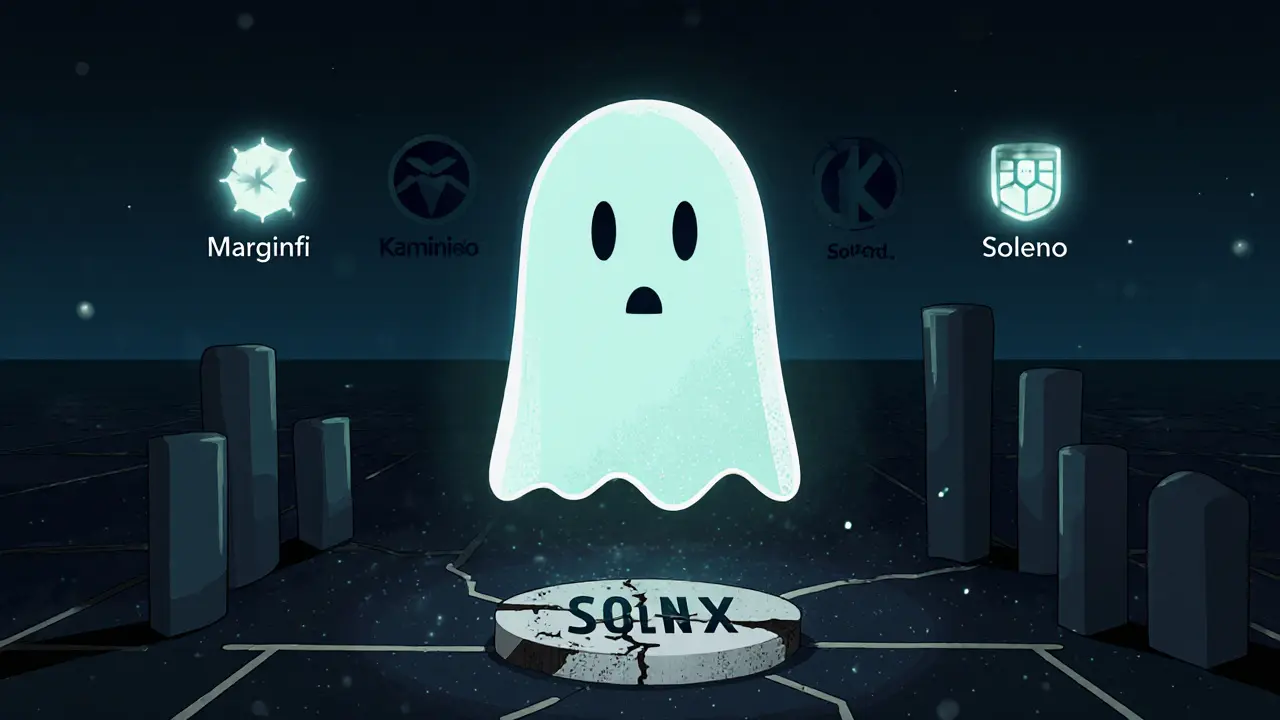Low-Cap Crypto: What It Is, Why It’s Risky, and What You Need to Know
When people talk about low-cap crypto, cryptocurrencies with a market value under $100 million, often under $10 million. Also known as small-cap crypto, it’s the wild west of digital assets—where big gains are possible, but most projects vanish without a trace. These coins aren’t listed on major exchanges. They don’t have teams you can verify. Often, they don’t even have working products. Yet, they still pull in investors chasing the next 100x. Why? Because someone, somewhere, is selling the dream.
Most low-cap crypto, cryptocurrencies with a market value under $100 million, often under $10 million. Also known as small-cap crypto, it’s the wild west of digital assets—where big gains are possible, but most projects vanish without a trace. are tied to airdrop scams, fake token distributions designed to steal wallet information or pump-and-dump worthless coins. Look at NFTP, HyperGraph, or KOM claims—no official website, no team, no roadmap. Just a Discord link and a promise. Meanwhile, real projects like Howl City (HWL) or Velvet Unicorn (VU) have actual tokens, but zero liquidity, no active development, and no users. They’re not scams—they’re just dead ends with a price chart.
What makes crypto scams, fraudulent schemes that trick users into sending funds or revealing private keys under false pretenses so dangerous is how they mimic legitimacy. Fake exchanges like Beeblock or MM Finance look real. They have logos, whitepapers, even fake trading volumes. But if you can’t find them on CoinGecko or CoinMarketCap, if their GitHub is empty, if their Twitter has no replies—walk away. The market doesn’t reward hype. It rewards transparency. And low-cap crypto rarely has either.
You’ll find plenty of posts here about tokens that once looked promising but collapsed—Schrödinger (SGR), Carlo (CARLO), Miidas (MIIDAS). These aren’t outliers. They’re the norm. And if you’re chasing the next big thing, you’re more likely to lose everything than strike gold. The real opportunity isn’t in buying the cheapest token. It’s in learning how to spot what’s real before you invest.
Below, you’ll find honest reviews of projects that promised the moon—and delivered nothing. You’ll see how fake airdrops work, why some exchanges are ghost towns, and how to protect your wallet from the next low-cap crypto trap. No fluff. No hype. Just what actually happened.

